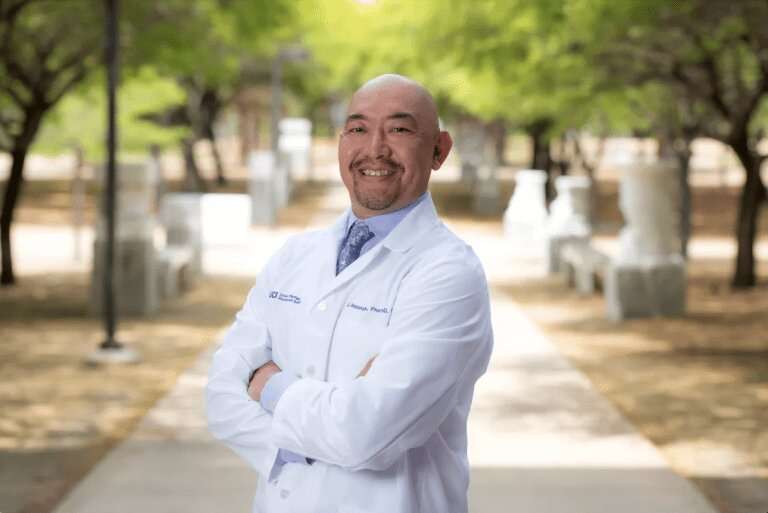New approach to opioid addiction includes access to medications and eradicating social stigma

Opioid use disorder is a complex and complicated problem in the U.S. According to the Centers for Disease Control and Prevention, there were a record-breaking 100,306 overdose deaths during the 12-month period ending in April 2021, driven by fentanyl. That’s a 28.5%t jump from the year-earlier period.
Methadone, buprenorphine and extended-release naltrexone—all approved by the Food and Drug Administration—have successfully been used to treat OUD, which refers to both opioid dependence and addiction. The medications are highly effective in reducing cravings and response to future drug use. But the federal regulations, red tape, wildly varying state policies and social stigma associated with addiction pose significant hurdles to access, preventing many people from getting the help they want and need.
At the federal level, methadone, which has been prescribed for more than 40 years, is the most regulated drug in the country. There are strict guidelines on who can prescribe it (general practitioners cannot), the clinics that are allowed to use it, medication storage, counseling, urine testing and staffing. Only Substance Abuse and Mental Health Services Administration-certified opioid treatment programs can dispense methadone for OUD, and most states impose further restrictions on clinic locations, testing and patient medication pickup schedules.
Although buprenorphine, which was approved by the FDA in 2002, can be prescribed by general practitioners and obtained at neighborhood pharmacies, many ordinary drugstores do not stock the medication—and those that do carry it ration the number of prescriptions filled. Extended-release naltrexone can be administered by any practitioner licensed to prescribe medications, but treatment requires the development of a risk evaluation and mitigation strategy for each patient, who must receive an intramuscular injection every four weeks.
“Opioid use disorder is a brain disease, not a character defect or personality flaw, and evidence-based, effective treatment of OUD requires medication. Access to treatment is the major issue, and stringent federal and state laws and regulatory policies present substantial obstacles for patients and providers,” says Jonathan Watanabe, UCI professor of clinical pharmacy practice. “We also have to change the public perception of what achieving and maintaining recovery looks like, so that as a society we can overcome the stigma associated with taking legally prescribed medications for OUD.”
The surge in overdose deaths in 2021 heightened awareness of the problem and the urgency of developing and implementing recommendations to address the regulatory challenges and increase access to evidence- and medication-based OUD treatment. In March, the White House Office of National Drug Control Policy sponsored the Methadone Treatment for Opioid Use Disorder: Examining Federal Regulations and Laws—A Workshop. Watanabe was appointed to the committee discussing the factors limiting access to treatment, particularly in communities hardest hit by both the opioid crisis and the COVID-19 pandemic. The panel was also responsible for shedding light on the ramifications of those limitations via clinical data along with the voices of individuals afflicted with OUD.
“Our focus was specifically on methadone. We convened national and international experts that included patients, researchers, clinicians and advocacy group leaders to discuss the impact of strict oversight and other factors affecting services and explored potential options for expanding access to treatment,” Watanabe says. “This entailed discussions on potentially modifying current federal policies as well as identifying contradictory state laws. A theme of the two-day workshop was exploring how pharmacies can improve access to methadone for OUD treatment. Committee proceedings will be released later this summer.”
In April, the Justice Department issued guidance on how the Americans With Disabilities Act protects people who are in medication-assisted OUD treatment from discrimination. This approach, Watanabe believes, will help the public understand that receiving methadone is not illegal drug dispensing by the provider or usage by the patient but instead evidence-based care for a disease.
“We need to view the OUD crisis through a health care, rather than a criminal, lens,” he says. “There’s still a lot of bias and patient blaming out there. That just doesn’t work and clearly doesn’t solve the problem.”
Watanabe thinks that integrating pharmacists more widely into treatment programs is a key component of the solution. The limited number of clinics allowed to use methadone are out of reach for many people due to distance, the requirement for daily visits or prohibitive program costs. Neighborhood pharmacies are located where patients live, but there are many challenges to gaining certification to dispense OUD treatment medications, ranging from the precise federal compliance requirements—which can include visits from the Drug Enforcement Administration—to fighting the perception of other patients and the community that they are pill mills.
A potential step in the right direction to bolster the number of clinicians who can prescribe buprenorphine is the Restoring Hope for Mental Health and Well-Being Act of 2022 that recently passed in the U.S. House of Representatives and now moves to the Senate. The legislation would eliminate the need for clinicians to apply for a separate waiver from the Substance Abuse and Mental Health Services Administration to dispense buprenorphine after successful completion of training.
Source: Read Full Article
